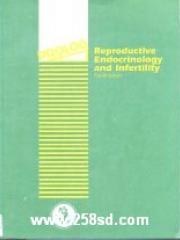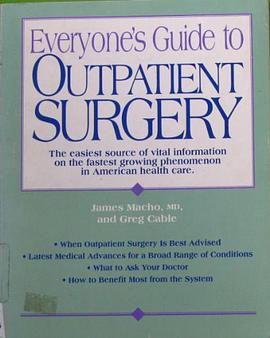

1 Risk of venous thrombosis with oral contraceptives Two months after beginning low-dose combination oral contraceptives (OCs), a previously healthy 18-year-old college student presents to the emergency room with "the worst headache of my life." Her condition is diagnosed as cerebral sinus thrombosis. Further evaluation is most likely to reveal * (A) resistance to activated protein C (B) protein S deficiency (d~) antithrombin HI deficiency (D) factor VIII deficiency (E) idiopathic thrombocytopenic purpura Oral contraceptives have been shown to have small pregnancy. Resistance to activated protein C is consid- effects on both procoagulant and anticoagulant factors, ered to be present if there is less than a twofold prolonga- There is no evidence, however, that any OC-related tion in the activated partial thromboplastin time when change in any clotting factor has significant clinical activated protein C is added to the plasma of the patient effects. Nevertheless, it is clear that certain inherited dis- being tested. The possibility of a lupus anticoagulant or orders put a woman taking OCs at increased risk of an occult malignancy also should be considered iu venous thrombosis, women who experience a thrombotic episode while tak- Protein C and protein S are two major vitamin ing OCs. Moreover, combination OC use generally is K-dependent inhibitors of coagulation. Antithrombin III contraindicated in women with a history of idiopathic is a natural anticoagulant and an irreversible inhibitor of venous thromboembolism. thrombin and factors IXa, Xa, and Xla. Deficiencies of Still another mutation has been identified in the 3 protein C, protein S, and antithrombin III are inherited as untranslated region of the prothrombin gene (the substi- autosomal dominant disorders, accounting for 5-10% of tution of A for G at position 20210, sometimes termed all cases of unexplained venous thromboembolism, the G20210A prothrombin mutation), which is present in If there is resistance to activated protein C, then coag- 2% of the general population and increases the risk of ulation is increased. Inherited resistance to activated pro- deep vein thrombosis by approximately threefold. tein C has been identified as the basis for 20-40% of Accumulating evidence indicates that carriers of the pro- cases of deep vein thrombosis. In almost all cases, resist- thrombin G20210A allele who also have other inherited anee to activated protein C is due to a geoe alteration of a thrombophilic conditions (deficiency of antithrombin single amino acid termed the factor V Leiden mutation. III, protein C, protein S, or the factor V Leiden mutation) The mutation, which appears to be present in about 5% of are more prone to recurrent thrombotic episodes. It has the normal population, is by far the most common cause been suggested that such individuals should be identified for recurrent venous thromboembolism. It is also the most as candidates for lifelong anticoagulation. Common abnormal finding among OC users who experi- If a patient has a family history of idiopathic venous enee venous thromboembolism. Several studies have thromboembolism or develops a thrombotic episode established that the factor V Leiden mutation greatly while using OCs, an evaluation to search for an underly- increases the risk of thrombosis for OC users. The risk of ing abnormality is warranted. The complexity of these cerebral venous thrombosis appears to be increased as inherited abnormalities may make evaluation difficult for much as 13-fold among OC users with the factor V the gynecologist, and referral to a hematologist may be Leiden mutation, the simplest approach. Direct measurement of aatithrom- Because venous thromboembolism in OC users is so bin lII, protein C, protein S, fibrinogen, and plasminogen rare, routine screening among potential OC users for deft- is indicated, as is determination of the prothrombin and elencms in the coagulation system does not seem justi- activated partial thromboplastin times. Activated protein fled. Furthermore, these inherited defects are uncommon, C resistance can be determined by performing a modified, and not all women with these abnormalities have clinical activated, partial thromboplastin time test, which meas- problems involving clotting. Such recommendations may ares the anticoagulant response to the addition of a stan- change, however, if the cost of screening decreases sub- dard amount of activated protein C. The presence of the stantially. Screening is warranted for women with a fam- factor V Leiden mutation can be determined by DNA ily history of idiopathic thrombosis and for those who analysis using the polymerase chain reaction to detect the develop a thrombotic episode while taking OCs or during presence of the base pair substitution. ]ndica/cs correct answer,
具體描述
讀後感
評分
評分
評分
評分
用戶評價
相關圖書
本站所有內容均為互聯網搜索引擎提供的公開搜索信息,本站不存儲任何數據與內容,任何內容與數據均與本站無關,如有需要請聯繫相關搜索引擎包括但不限於百度,google,bing,sogou 等
© 2025 qciss.net All Rights Reserved. 小哈圖書下載中心 版权所有




















